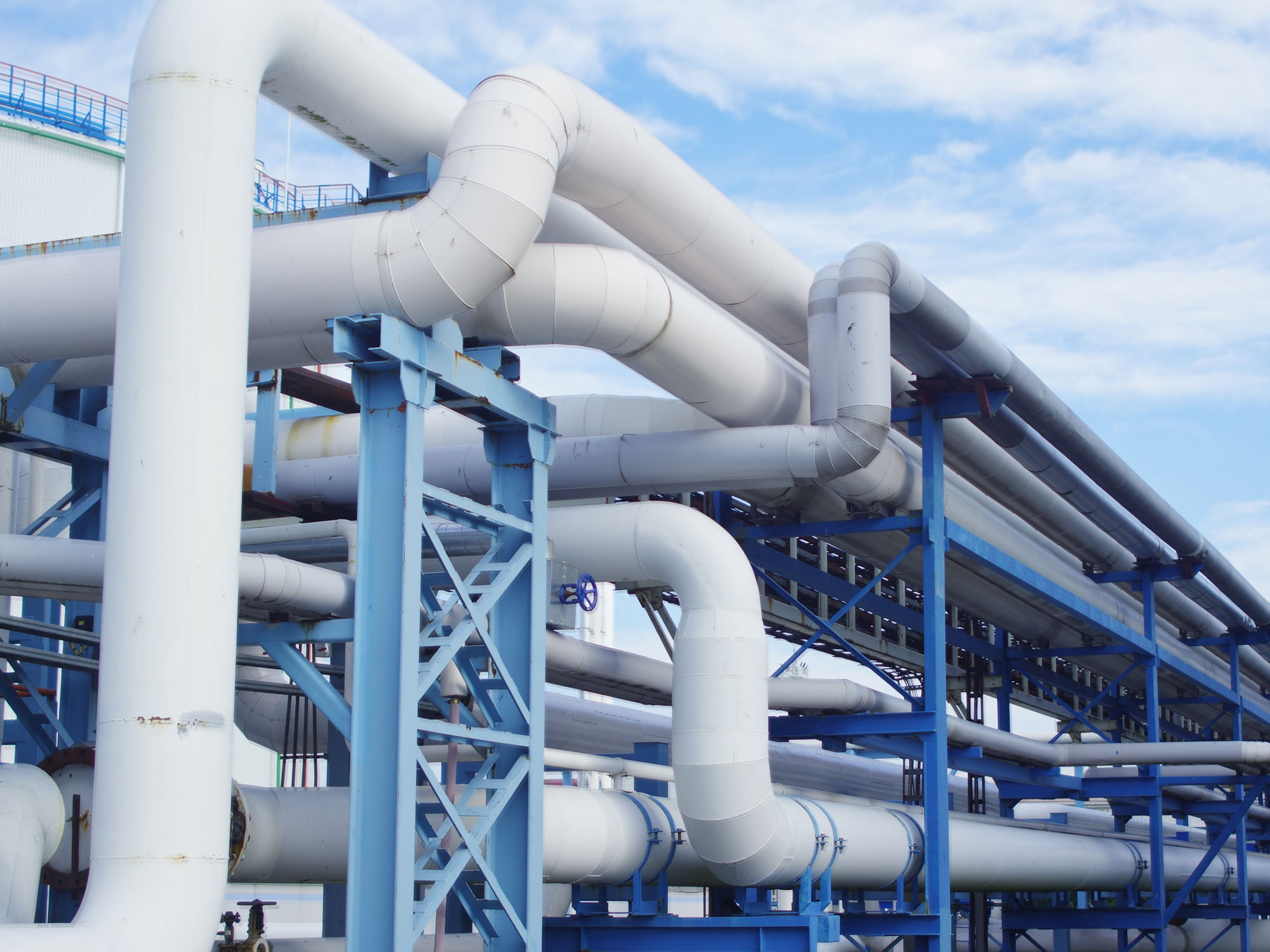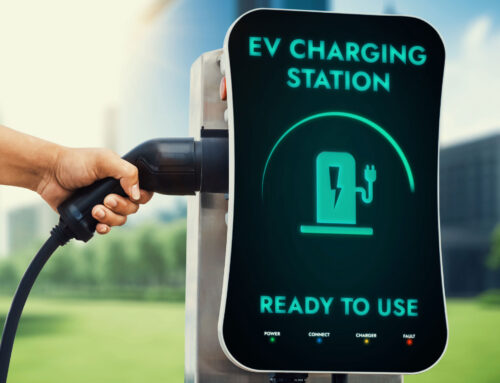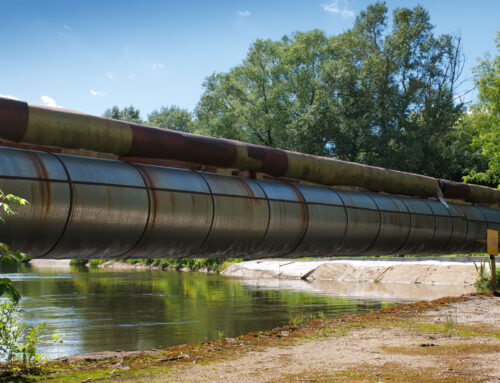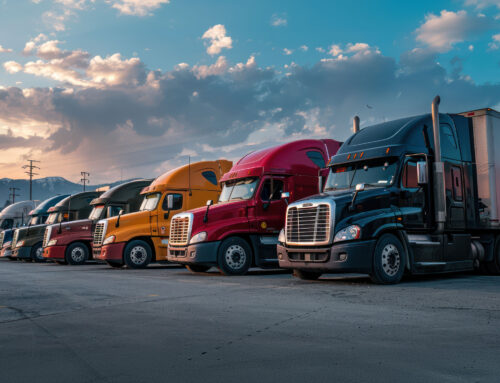Pipelines are the lifeblood of the oil and gas industry, transporting high volumes of crude oil, gasoline, diesel, jet fuel, liquified natural gas, and water. Starting in the 1870s, John D. Rockefeller’s Standard Oil Company created an expansive network of pipelines to move crude oil across states and get a leg up on the company’s main competitors.
Pipeline construction boomed during and after World War II. The U.S. needed to transport oil and avoid detection from German U-boats. Once the war ended, pipelines began to carry more refined products, such as jet fuel and natural gas, to growing suburbia. Modern regulations started in the 1970s but didn’t have stringent federal standards until the creation of the Pipeline and Hazardous Materials Safety Administration in the 2000s.
With the oil and gas industry tightening the belt of operational efficiency, pipelines are becoming more important now than ever. Here’s a look at the top five most critical examples in the U.S.
Colonial Pipeline
Built between 1962 to 1964, the Colonial Pipeline extended 5,500 miles from Houston to New York Harbor. In between those endpoints, it delivers refined petroleum to the greater Atlanta area, the Carolinas, and Washington, D.C. The Colonial Pipeline is responsible for almost all of the East Coast’s fuel supply.
Transcontinental Gas Pipeline
After World War II, the Transcontinental Gas Pipeline Company responded to the East Coast’s soaring energy needs by connecting the region to the Gulf Coast’s natural gas fields. The 1,800-mile-long Transcontinental Gas Pipeline was created within a year and then expanded repeatedly to reach major and mid-major markets up and down the eastern seaboard, totaling 10,000 miles.
Keystone Pipeline
Created between 2008 and 2010, the Keystone Pipeline moves nearly 600,000 barrels of crude oil a day from Alberta to Nebraska. The pipeline, which has not yet been expanded, represents an essential connection between America’s closest ally and arguably most important trading partner. By purchasing Canadian exports, the U.S. can minimize the use of oil from less stable regions of the world.
Enbridge Mainline System
Drilled in 1953, the Enbridge Mainline System has six lines running 2,000 miles from western Canada through the Midwest and to the Gulf Coast. Unlike traditional oil pipelines, the Enbridge Mainline System transports light crude oil, heavy crude oil, and natural gas liquids, making it a versatile deliverer of multiple energy sources from Canada to the U.S.
Dakota Access Pipeline
Constructed in 2017, the Dakota Access Pipeline transports oil from North Dakota’s Bakken shale formation to Illinois. From there, the crude oil is rerouted to other markets throughout the country, ultimately helping to reduce oil companies’ dependence on trucks and railways for shipping fuel to market.
Streamline Your Oil Company’s Payment Solutions. Schedule Your Consultation with Financial Fuel Services Today.
We understand that oil companies need every moment of their operations to run smoothly, particularly payment processing. Our online reporting solutions allow you to manage transactions, generate reports, and build invoices. Learn more about what Financial Fuel Services can do for your oil company. Schedule your consultation with our team today.






